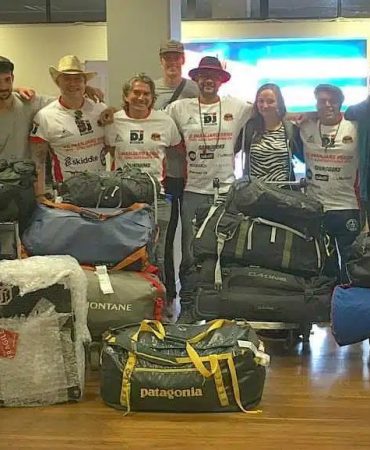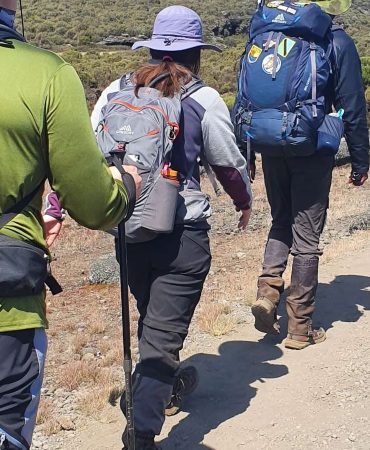What’s It Like Climbing Mount Kilimanjaro?: Discover the thrilling moments of climbing Mount Kilimanjaro, from the first ascent to the breathtaking summit. Prepare for an unforgettable adventure with our detailed guide.
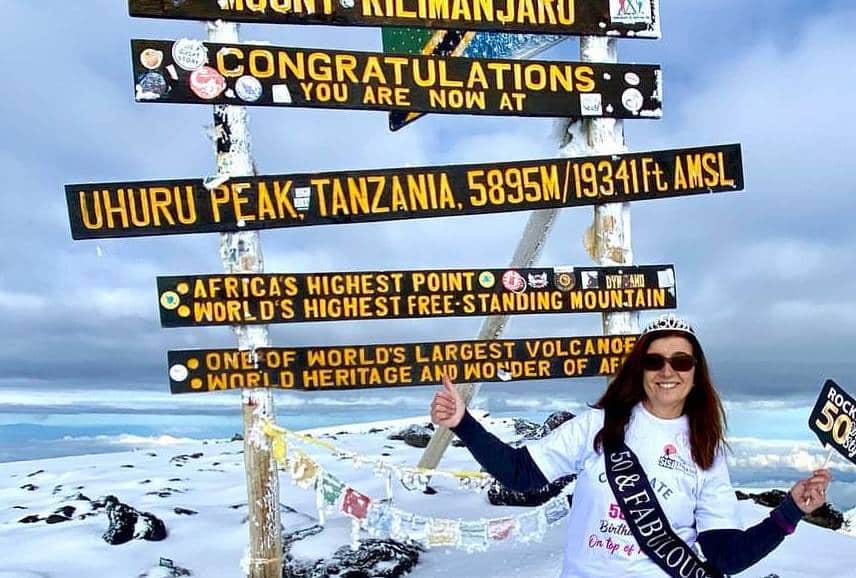
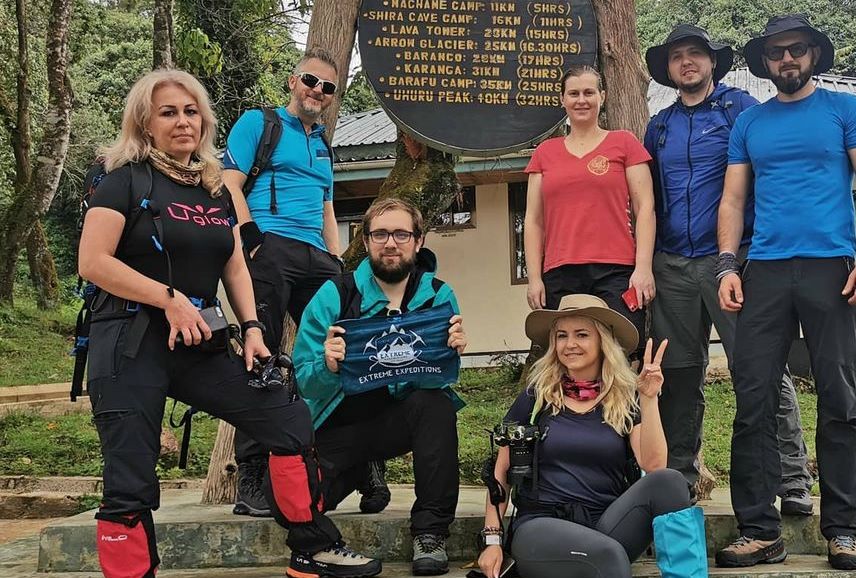
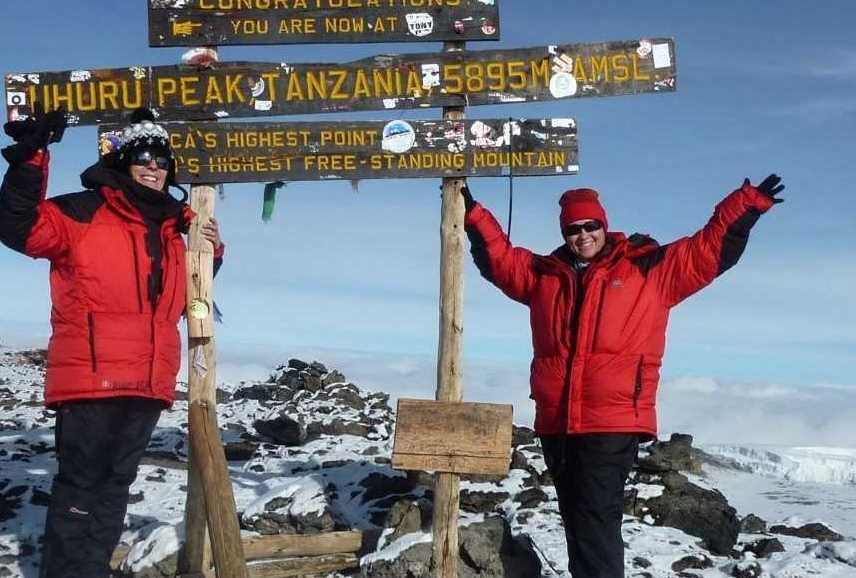
What’s It Like Climbing Mount Kilimanjaro?
Introduction
Mount Kilimanjaro, Africa’s highest peak, stands majestically at 5,895 meters above sea level. Its snow-capped summit, despite being near the equator, beckons adventurers from around the globe. Climbing Mount Kilimanjaro is not just a physical feat but an emotional journey that tests and transforms those who undertake it. The appeal of Kilimanjaro lies in its diverse ecosystems, from tropical rainforest to alpine desert, and the sheer thrill of standing on the roof of Africa.
Thrilling Moment 1: Starting the Ascent
The journey begins with a mix of excitement and nerves. As climbers gather at the trailhead, the reality of the challenge ahead starts to sink in. The initial steps are filled with anticipation as trekkers navigate through lush rainforests, encountering exotic wildlife and vibrant flora. This stage is crucial for setting the pace and rhythm for the days to come. The first camp is reached with a sense of accomplishment, as the group bonds over shared experiences and stories.
Thrilling Moment 2: Reaching the Shira Plateau
The landscape dramatically changes as climbers ascend to the Shira Plateau. This ancient volcanic caldera offers breathtaking views and a unique terrain. The plateau is a stark contrast to the dense forests below, characterized by vast open spaces and towering lava formations. Reaching this point signifies a major milestone, as climbers acclimatize to the higher altitude and take in the panoramic vistas that stretch for miles.
Thrilling Moment 3: Conquering the Barranco Wall
The Barranco Wall, a daunting rock face, is one of Kilimanjaro’s most thrilling challenges. Climbers tackle this steep, 800-foot ascent using a combination of scrambling and careful footwork. The adrenaline rush is palpable as they navigate narrow ledges and sheer drops. Upon reaching the top, the reward is a stunning view of the Karanga Valley and a profound sense of achievement. This section of the climb is often described as both the most exhilarating and nerve-wracking part of the trek.
Thrilling Moment 4: Summiting Uhuru Peak
The push to Uhuru Peak, the highest point on Kilimanjaro, begins in the dead of night. Climbers brave the freezing temperatures and thin air, driven by determination and the promise of sunrise at the summit. The final ascent is a true test of endurance, with every step feeling heavier as the altitude takes its toll. However, the moment climbers reach Uhuru Peak, all the hardship melts away, replaced by overwhelming joy and awe. The panoramic view from the top, with the sun rising over the African plains, is an unforgettable reward.
Thrilling Moment 5: The Descent
Descending Kilimanjaro offers its own set of challenges and reflections. The journey down is quicker but no less taxing on the knees and legs. It’s a time for climbers to process the enormity of their achievement, share stories, and bid farewell to the mountain that has tested their limits. Many describe a profound sense of clarity and accomplishment as they make their way back to civilization, forever changed by the experience.
Preparation for the Climb
Preparing for Kilimanjaro involves rigorous physical training, mental conditioning, and gathering the right gear. Climbers need to build their cardiovascular endurance, strength, and flexibility. Essential gear includes layered clothing, sturdy boots, and high-quality sleeping bags. Understanding the mountain’s climate and preparing for various weather conditions is crucial. Research and planning are key to ensuring a safe and successful climb.
Safety Measures
Safety is paramount when climbing Kilimanjaro. Altitude sickness is a significant risk, making acclimatization essential. Climbers should be aware of symptoms like headaches, nausea, and dizziness, and know when to seek help. Guides play a crucial role in monitoring health and making critical decisions. It’s also important to follow established routes, stay hydrated, and rest adequately. Emergency procedures should be well-understood and followed meticulously.
Cultural Insights
Climbing Kilimanjaro offers a unique opportunity to engage with local cultures. Guides and porters, often from the Chagga and Maasai communities, share their rich heritage and traditions. Understanding and respecting local customs enhances the climbing experience. Kilimanjaro holds significant cultural and spiritual value for local people, and climbers often gain deeper insights into the region’s history and way of life.
Environmental Impact
Preserving Kilimanjaro’s pristine environment is a shared responsibility. Climbers should practice Leave No Trace principles, minimizing their ecological footprint. This includes proper waste disposal, sticking to designated trails, and avoiding disturbing wildlife. Supporting local conservation efforts and eco-friendly tourism initiatives helps protect the mountain’s delicate ecosystems for future generations.
Personal Stories
Many climbers recount their Kilimanjaro experience as life-changing. Personal stories highlight the physical and emotional challenges faced, the camaraderie formed, and the triumphant moments. These narratives serve as inspiration for others, illustrating the transformative power of taking on such a monumental challenge. Each story adds a unique perspective to the collective memory of Kilimanjaro’s allure.
Expert Insights
Experienced climbers and mountaineers offer invaluable tips for tackling Kilimanjaro. From training regimes to gear recommendations, their advice helps aspiring climbers prepare effectively. Experts emphasize the importance of mental resilience, proper acclimatization, and having a well-organized support team. Quotes and anecdotes from seasoned adventurers provide motivation and practical insights for a successful climb.
Conclusion
Climbing Mount Kilimanjaro is an adventure like no other. It combines physical endurance, mental fortitude, and a deep connection with nature. The journey is filled with thrilling moments, from the first steps on the trail to the exhilarating summit and reflective descent. For those seeking a transformative experience, Kilimanjaro offers a challenge that is both daunting and incredibly rewarding. We encourage all aspiring adventurers to take on this incredible journey, embrace the challenges, and cherish the unforgettable moments.
FAQ
Q: What is the best time to climb Mount Kilimanjaro? A: The best times to climb are during the dry seasons, from January to mid-March and June to October, offering the best weather conditions.
Q: How long does it take to climb Kilimanjaro? A: Most climbers complete the trek in 6 to 8 days, depending on the chosen route and acclimatization needs.
Q: Do I need technical climbing skills to summit Kilimanjaro? A: No technical climbing skills are required, but good physical fitness and proper preparation are essential for a successful climb.
Q: What are the main risks associated with climbing Kilimanjaro? A: The main risks include altitude sickness, dehydration, and extreme weather conditions. Proper acclimatization and following safety guidelines can mitigate these risks.
Q: How much does it cost to climb Mount Kilimanjaro? A: The cost varies depending on the route, duration, and the services provided by the tour operator. It generally ranges from $1,500 to $4,000# What’s It Like Climbing Mount Kilimanjaro? 5 Thrilling Moments

